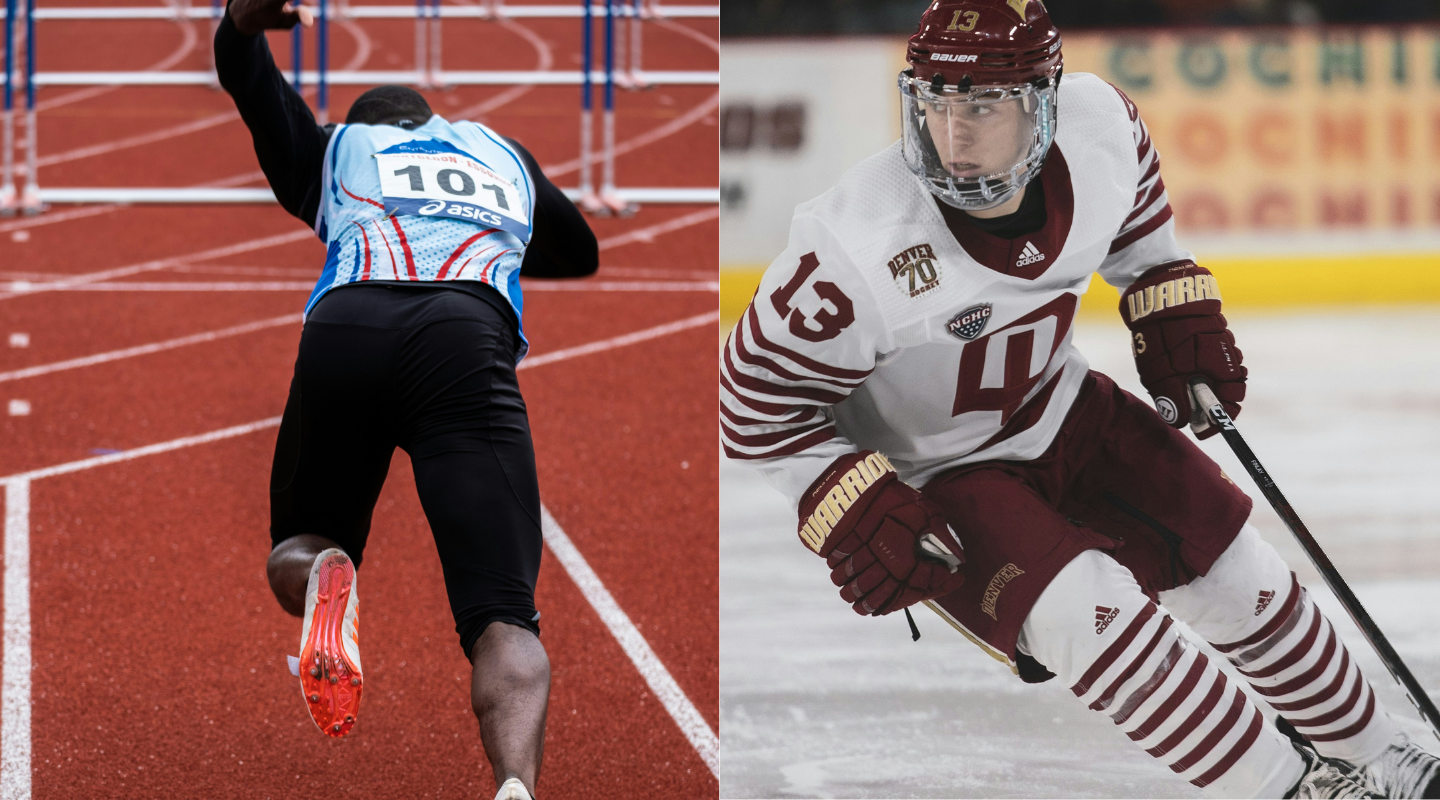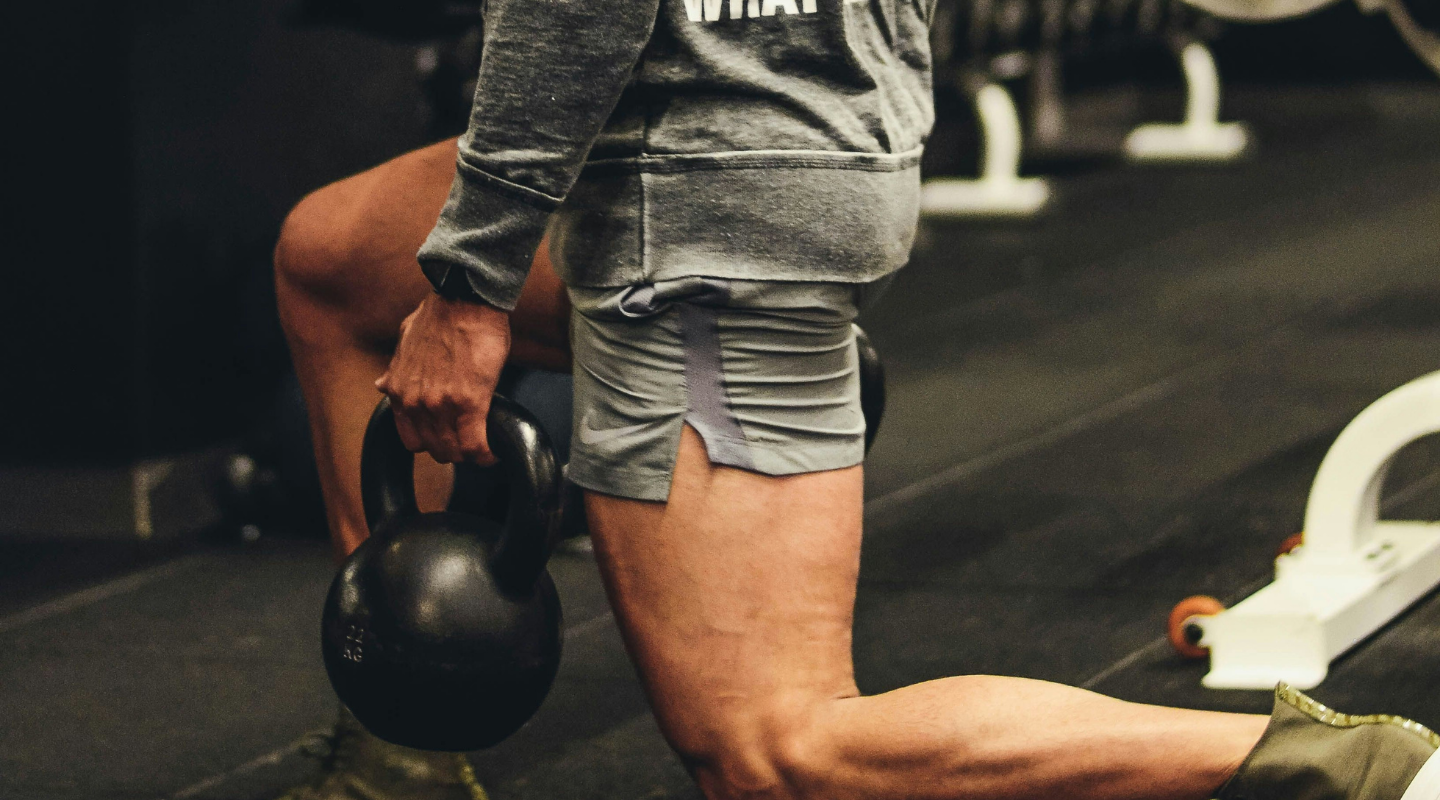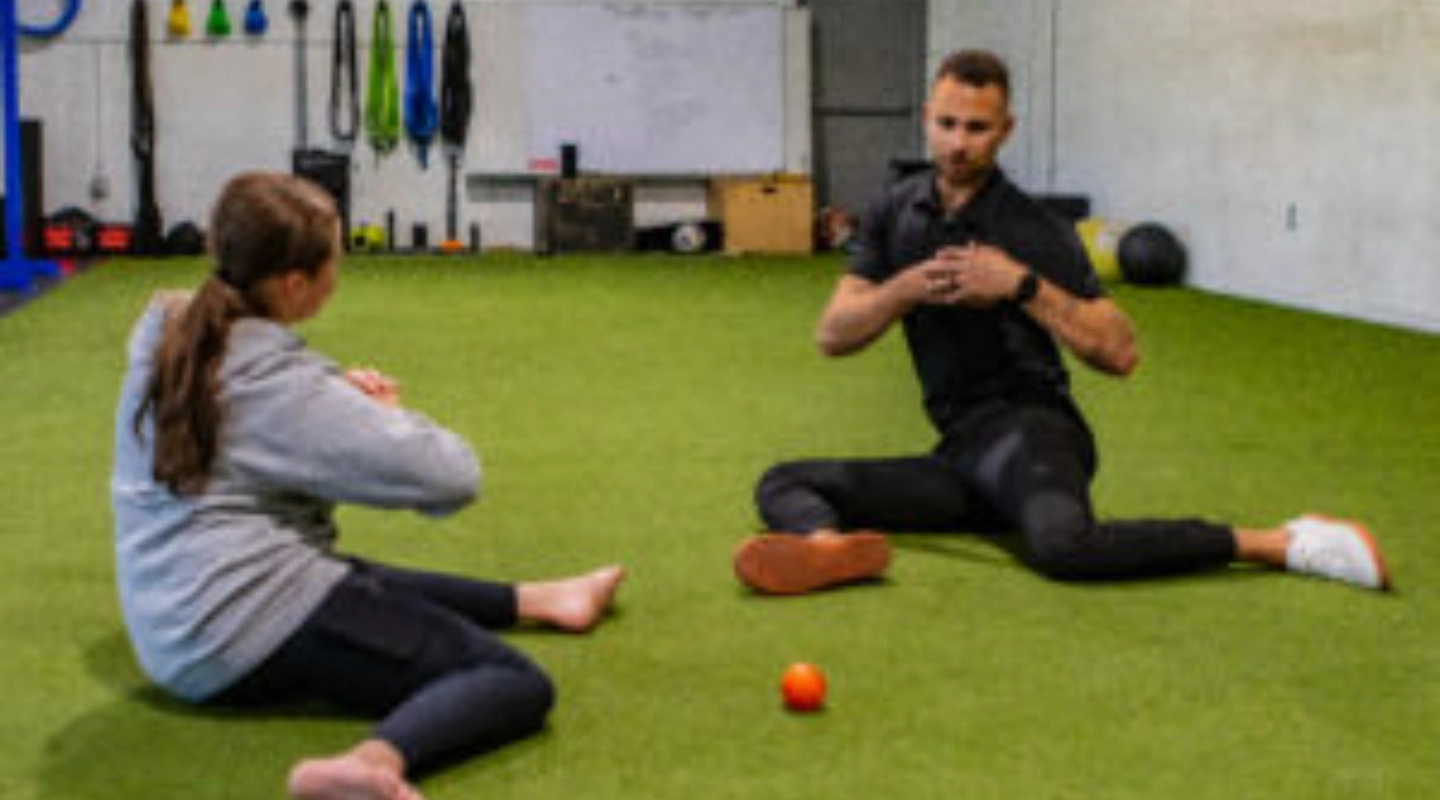
Protein Timing for Hockey Players: How Much, When, and Why It Matters
Why Protein Matters in Hockey
High-intensity skating and contact create muscle damage and drive muscle protein breakdown (MPB). To recover and adapt, muscle protein synthesis (MPS) must exceed MPB. Adequate, well-timed, high-quality protein:
- Repairs muscle fibers and supports adaptation (strength, speed, endurance)
- Reduces soreness and injury risk via more complete recovery
- Typical daily target: ~1.4–1.7 g/kg/day (often centered on ~1.6 g/kg/day)
If you’re in Grand Rapids/Byron Center, MI, Ghost Rehab & Performance can tailor protein and recovery plans around your training calendar and travel schedule.
The “Anabolic Window”: What the Evidence Really Says
- Muscles stay highly responsive to protein for many hours after training—not just 30–60 minutes.
- Meta-analyses show no special advantage to immediate (≤1 h) protein if total daily protein is adequate.
- Pragmatic best practice: include protein within ~2 hours post-session to capitalize on peak MPS—and hit total daily goals.
Extended MPS Sensitivity After Training
- Peak MPS occurs soon after exercise (largest absolute effect).
- Sensitivity persists ~24 h (and up to 48 h in some models), so every meal in that period can contribute.
- Practical takeaway: feed protein evenly across the rest of the day (and the next morning if within ~24 h) to keep recovery humming.
How to Structure Daily Protein
Per-meal dose: ~0.25–0.40 g/kg (≈ 20–40 g for most players) to maximally stimulate MPS.
Frequency: 3–6 feedings/day, spaced ~3–4 hours apart.
Around training:
- Pre: protein-containing meal/snack 1–2 h before
- Post: protein within ~2 h after
- Pre-sleep (hard days): 20–40 g slow-digesting protein (e.g., casein/Greek yogurt) to support overnight MPS.
Example (80 kg player, ~130 g/day):
- Breakfast (7:00a): 30 g
- Lunch (12:30p): 35 g
- Pre-training snack (4:00p): 20 g
- Dinner/post (7:00p): 35 g
- Pre-sleep (9:30p): 10–20 g
Protein Quality & Leucine
- Choose high-quality, EAA-rich proteins (dairy, eggs, lean meats, fish, soy).
- Hit the leucine threshold (~2–3 g leucine/meal) to trigger MPS (usually covered by 20–30 g of quality protein).
- Plant-based athletes: use soy or blended plant proteins (e.g., pea + rice), consider slightly higher totals to match EAA/leucine.
How Much Protein Per Day?
- Baseline: ~1.6 g/kg/day maximizes training-induced gains for most.
- Range: 1.4–2.0 g/kg (go higher—~2.0–2.2 g/kg—in heavy camps or calorie deficits to preserve lean mass).
- Focus on consistency across training and rest days.
Players we see in West Michigan often perform best when we pair these targets with carb timing, hydration, and sleep coaching—vital in tourney weeks and back-to-backs.
Practical Tips (Coach & Player Friendly)
- Hit your daily target: ~1.6 g/kg/day; adjust 1.4–2.0 g/kg by load/goals.
- Distribute intake: 20–40 g at meals; 15–25 g in snacks; 3–6 feedings/day.
- Time it smart: Pre + post protein around training; add pre-sleep protein on hard days.
- Fuel the system: Pair protein with carbs post-workout; hydrate well to restore glycogen and support recovery.
- Travel plan: Pack shelf-stable options (whey/casein packets, jerky, tuna, shelf-stable milks, soy puddings, bars).
Sample Day (73 kg / 160 lb player, ~110–120 g protein)
- B: Omelet + milk (30 g)
- L: Turkey sandwich + yogurt (30–35 g)
- Pre: Whey + banana (20 g)
- Post/D: Salmon + quinoa (30–35 g)
- Pre-sleep (hard day): Cottage cheese (15–20 g)
Want a position-specific fueling plan with simple grocery lists and rink-side options? If you’re near Grand Rapids/Byron Center, book a Hockey Recovery & Nutrition consult at Ghost Rehab & Performance.
References
- Schoenfeld BJ, Aragon AA, Krieger JW. J Int Soc Sports Nutr. 2013;10:53.
- Burd NA, West DW, Moore DR, et al. J Nutr. 2011;141(4):568–573.
- D’Hulst G, Van Roie E, Vanhees L, et al. J Appl Physiol. 2022;132(2):379–389.
- Res PT, Groen B, Pennings B, et al. Med Sci Sports Exerc. 2012;44(8):1560–1569.
- Norton LE, Layman DK. J Nutr. 2006;136(2):533S–537S.
- Van Vliet S, Burd NA, van Loon LJ. J Nutr. 2015;145(9):1981–1991.
.png)




